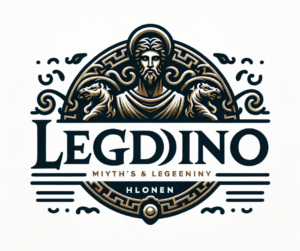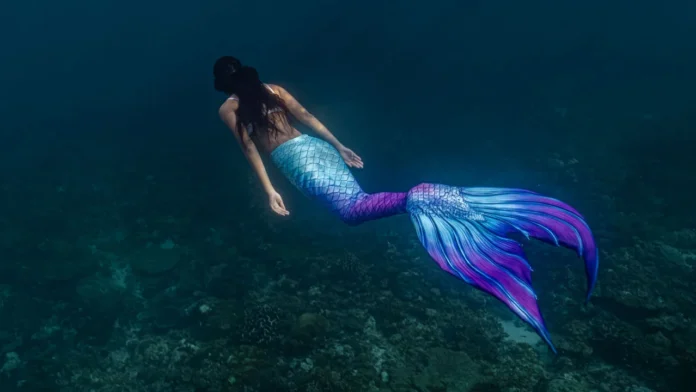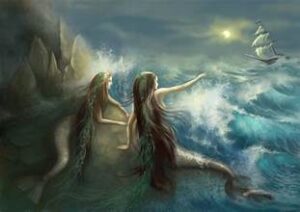
Mermaids have long captured the human imagination, their mythical allure weaving through centuries of folklore, literature, and modern media. From ancient myths to contemporary adaptations, these enchanting sea dwellers offer a rich tapestry of cultural significance and storytelling. This article delves into the evolution of mermaid legends, tracing their origins and examining their impact on today’s popular culture.
Ancient Origins of Mermaid Myths
The concept of mermaids can be traced back to ancient civilizations. In Mesopotamia, around 1000 BCE, the myth of the fish-tailed goddess Atargatis emerged. Depicted with the upper body of a woman and the lower body of a fish, Atargatis was venerated in what is now Syria. This early representation set the stage for future mermaid legends in various cultures.
Similarly, ancient Greek mythology features the sirens—creatures with the bodies of birds and the heads of women—known for their enchanting voices that lured sailors to their doom. Over time, sirens evolved into mermaids in many stories, blending their captivating allure with the aquatic mystique.
In Norse mythology, the sea goddess Rán, who captured drowned sailors in her net, and her daughters, the mermaids, contributed to the Scandinavian folklore. These tales painted mermaids as both alluring and perilous, reflecting the dual nature of the sea itself.
Mermaids in Medieval and Renaissance Art
During the medieval period, mermaids continued to capture artistic imagination. Medieval manuscripts and artworks often depicted them with a blend of beauty and danger. In these depictions, mermaids were sometimes seen as symbols of temptation and sin, mirroring the moral and religious concerns of the era.
The Renaissance period brought a resurgence of classical influences and a renewed interest in mythological themes. Artists like Hans Christian Andersen, though not part of the Renaissance but influential in the 19th century, contributed significantly to the evolution of mermaid legends. His 1837 fairy tale “The Little Mermaid” redefined mermaids in literature, presenting them as sympathetic and tragic figures.
Mermaid Legends Across Cultures
Mermaid myths are not confined to Western cultures. In African folklore, the Mami Wata spirits are revered as beautiful water deities, often depicted as mermaids. Mami Wata legends emphasize the mermaid’s role as a guardian of the water and a figure of both benevolence and danger.
Similarly, in Asian cultures, mermaids appear in various forms. In Japanese folklore, the ningyo—a fish-like creature with a human face—is considered both a good omen and a harbinger of misfortune. The ningyo’s image and characteristics have influenced modern representations of mermaids in Japanese media.
In the Caribbean, tales of the mermaid-like creature, the “Jumbie,” vary across islands but often feature similar themes of enchantment and mystery. These stories highlight the mermaid’s role in cultural and spiritual practices, revealing how mermaid legends are deeply rooted in local traditions and beliefs.
Modern Adaptations and Popular Culture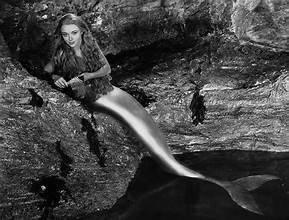
The 20th and 21st centuries have seen a dramatic shift in how mermaids are portrayed. From classic Disney films like “The Little Mermaid” (1989) to contemporary television series such as “H2O: Just Add Water” and “Siren,” mermaids have evolved from mythical beings to popular culture icons.
Disney’s “The Little Mermaid” introduced Ariel, a mermaid princess with a dream of living on land. This adaptation transformed the mermaid myth into a symbol of personal transformation and empowerment, appealing to audiences worldwide and solidifying the mermaid’s place in modern media.
The rise of fantasy and science fiction genres has further diversified mermaid representations. Shows and films explore mermaids as complex characters with diverse abilities, challenges, and moral dilemmas. These modern adaptations often focus on themes of identity, belonging, and environmental concerns, reflecting contemporary values and issues.
The Enduring Appeal of Mermaids
Mermaids continue to captivate audiences due to their inherent mystery and beauty. They embody a fusion of allure and danger, representing the unknown depths of the ocean and human desires. Their ability to adapt to various cultural contexts and narrative forms underscores their timeless appeal.
As we explore the fascinating world of mermaid legends, it’s clear that these mythical beings are more than just fanciful creatures. They are symbols of the human fascination with the sea and the mysteries it holds, evolving from ancient myths into modern icons. Whether through ancient texts, medieval art, or contemporary media, mermaids remind us of the enduring power of myth and the magic of storytelling.
Conclusion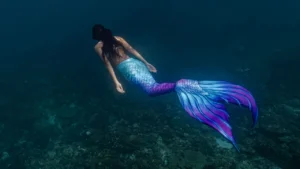
Mermaid legends offer a rich and diverse tapestry of mythological and cultural significance. From their ancient origins to their modern portrayals, these captivating figures continue to inspire and enchant. As we navigate the ever-changing currents of popular culture, the allure of mermaids remains a testament to the timeless power of mythology and imagination.
